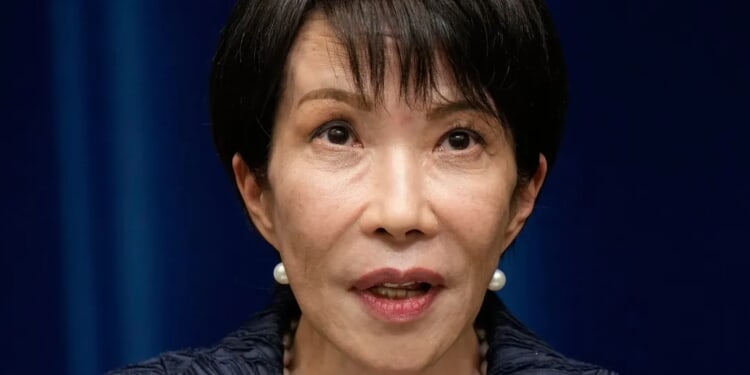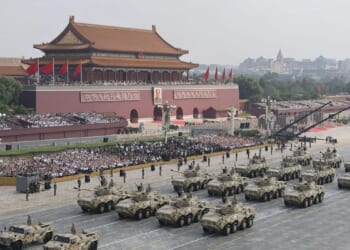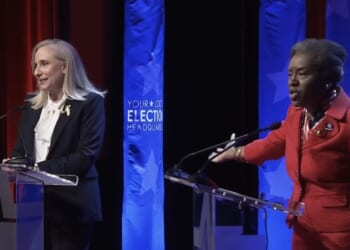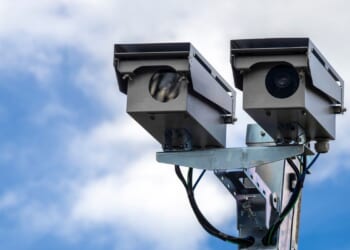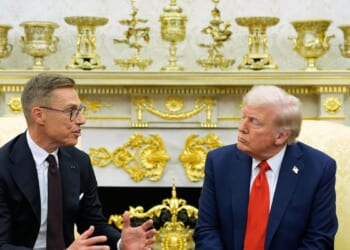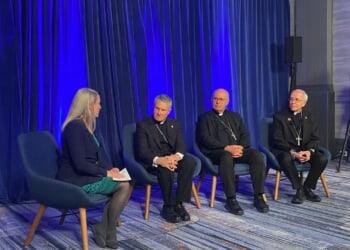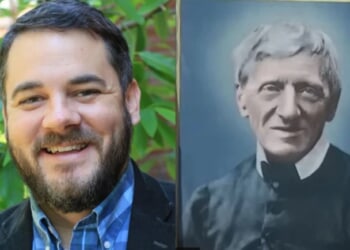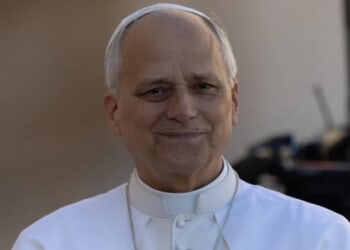She used to play drums in college and loves Iron Maiden. She’s conservative and her country’s first female prime minister. She made history in a political party dominated by men.
The Japanese parliament elected “ultraconservative” 64-year-old Sanae Takaichi as the country’s prime minister Tuesday. A member of the Liberal Democratic Party, Takaichi has already drawn comparisons to Margaret Thatcher, the famous conservative prime minister who led the United Kingdom during the 1980s. (Subscribe to MR. RIGHT, a free weekly newsletter about modern masculinity)
Don’t be fooled by the name: the Liberal Democratic Party may sound like a home for illiberal liberals you might find in the U.S., but it is actually one of Japan’s biggest conservative, nationalist parties.
She also played the drums in a metal band and likes Iron Maiden. https://t.co/FBDwaUIUtY
— Eireann (Erin) Van Natta🇺🇸 (@evannatta1776) October 21, 2025
Dubbed Japan’s “Iron Lady,” Takaichi was born to humble origins in 1961 in Nara, a smaller city home to numerous historic temples and shrines. Her mother reportedly worked for a local police department, while her father worked at a car parts store. Takaichi would go on to attend Kobe University as a commuter and, after graduation, the prestigious Matsushita Institute of Government and Management. In the 1980s, she interned for Democratic Colorado Rep. Patricia Schroeder, who, interestingly enough, was considered an ardent feminist.
“She was very smiley and very reserved,” a childhood friend, Motoko Shimada, told The New York Times. “She didn’t have this strong-woman image. But she was able to notice when someone was not blending in well or struggling, and she was able to help them.”
Takaichi returned to Japan and worked as an author and television personality before launching her political career in 1993. She won her first election to the Japanese parliament running as an independent, and soon developed a close relationship with former Prime Minister Shinzo Abe, whom she considered a mentor. During his first stint as prime minister in 2006, Abe appointed Takaichi to his cabinet, making her the most high-profile woman in Japanese politics. He did so again in 2012 for his second term, which lasted eight years. When Takaichi ran for prime minister in 2021, Abe offered his support and called her “the true star of the conservatives.” The pair have longed shared similar views about economics, defense spending, and the effort to re-militarize Japan.
And like Abe, Takaichi will probably have a warm relationship with President Donald Trump.
Trump
In her first major news conference Tuesday night, Takaichi said she will “build a strong Japanese economy and protect Japan’s national interests at all costs through diplomacy and security.” She also suggested that her government will be friendly to Trump, saying, “The alliance with the United States is the cornerstone of Japan’s foreign and security policy.” Trump and Takaichi will meet next later in October in Tokyo, for what will be Trump’s first visit to the country since his reelection. Takaichi is already working on an investment plan for the meeting, which includes a purchase of U.S. pickup trucks, soybeans, and gas, according to Reuters. Famously, Trump enjoyed a close relationship with Abe. After Abe was shot in 2022, Trump called him a “true friend” and said his assassination was “a tremendous blow to the wonderful people of Japan.” (RELATED: Trump Issued A Statement On Shinzo Abe Assassination A Full 9 Hours Before Biden)
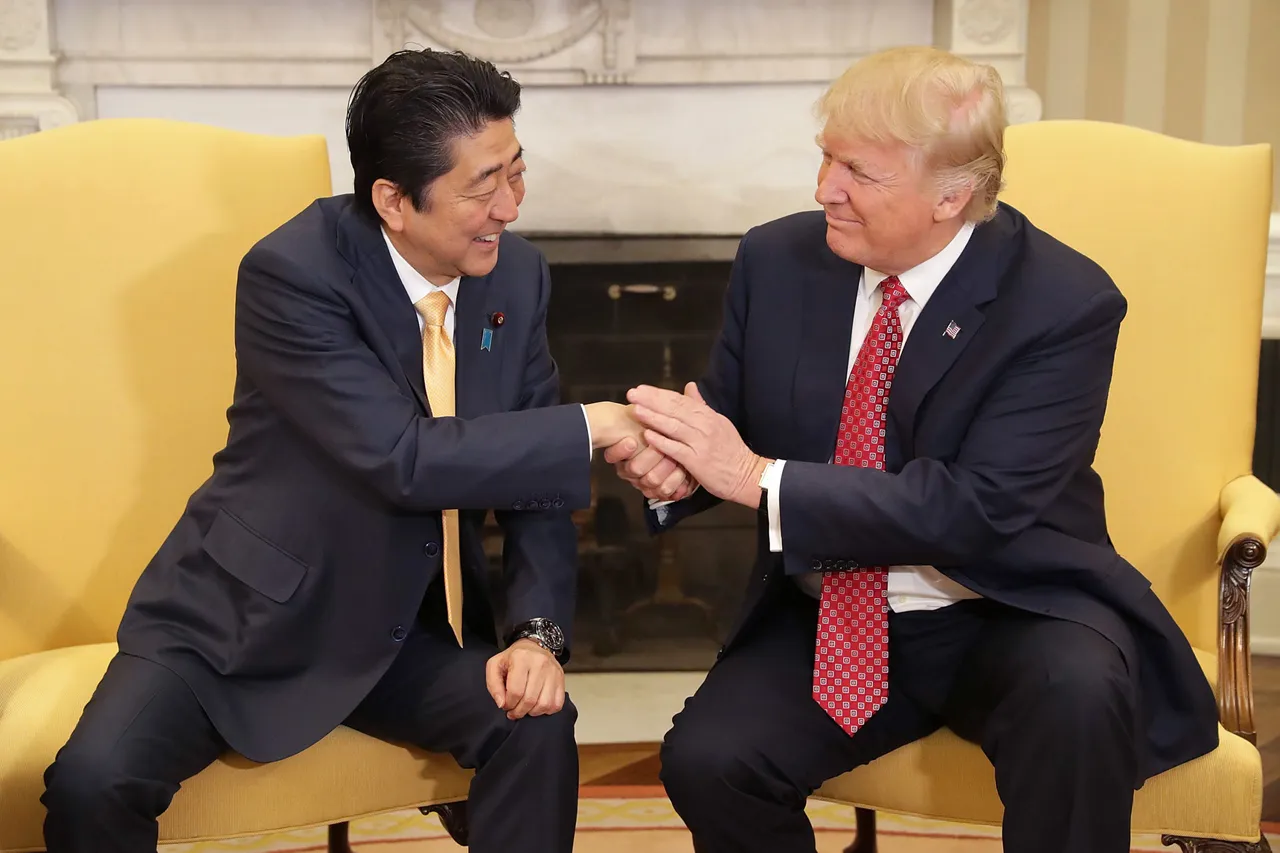
WASHINGTON, DC: U.S. President Donald Trump (R) and Japanese Prime Minister Shinzo Abe pose for photographs before bilateral meetings in the Oval Office at the White House February 10, 2017 in Washington, DC. Trump and Abe are expected to discuss many issues, including trade and security ties and will hold a joint press confrence later in the day. (Photo by Chip Somodevilla/Getty Images)
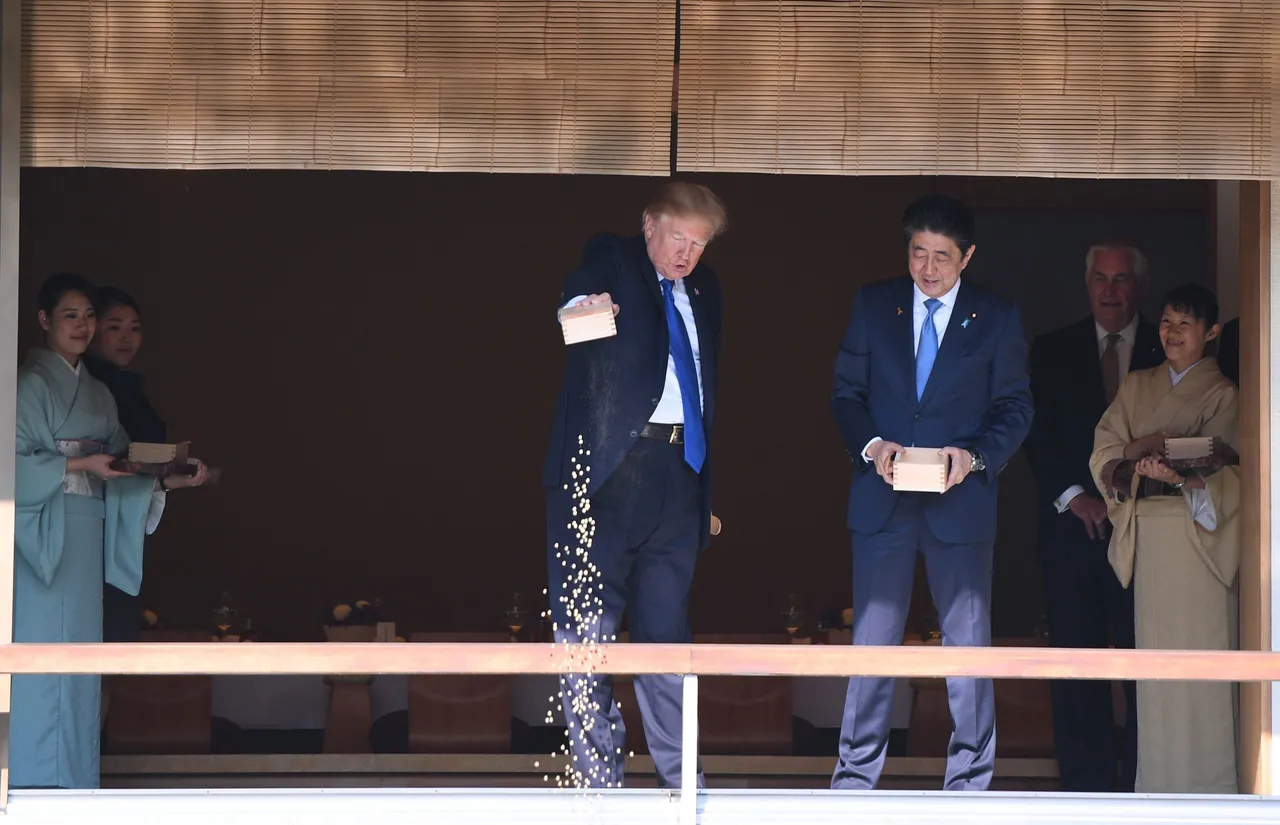
US President Donald Trump (C) feeds koi fish as Japanese Prime Minister Shinzo Abe (R)looks on during a welcoming ceremony in Tokyo on November 6, 2017. (Photo: JIM WATSON/AFP via Getty Images)
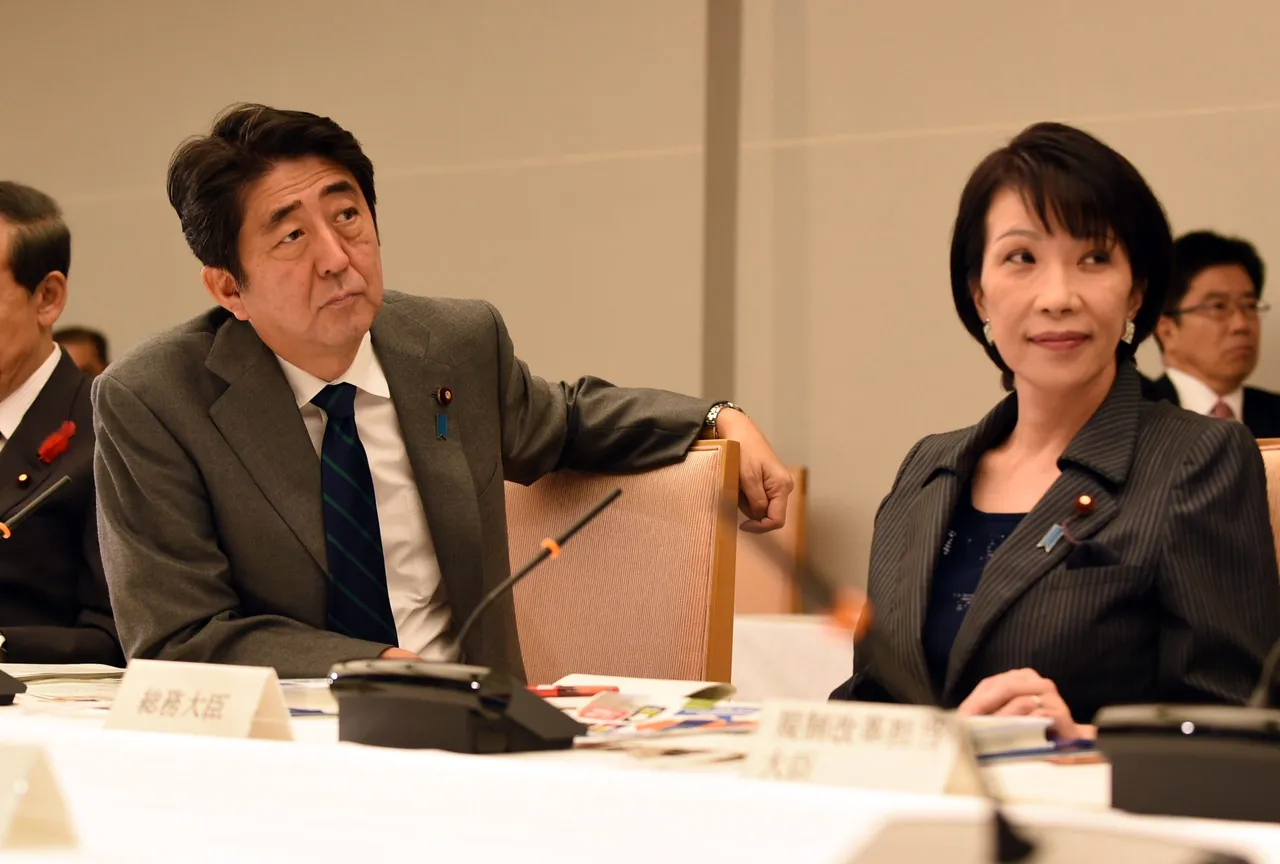
Japanese Prime Minister Shinzo Abe (L) and Japanese Internal Affairs and Communication Minister Sanae Takaichi (R) listen to Nagoya University Professor Hiroshi Amano during the science and technology innovation conference at Abe’s official residence in Tokyo on October 22, 2014. Three Japanese researchers, Amano, Meijo University Professor Isamu Akasaki and California University professor Shuji Nakamura, won the Nobel Prize for Physics for inventing the LED lamp, a boon in the fight against global warming and aiding people in poverty. (Photo: TOSHIFUMI KITAMURA/AFP via Getty Images)
Social Issues
Although Takaichi has made history by becoming Japan’s first female prime minister, she is by no stretch of the imagination a feminist. She has long advocated for traditional gender roles and programs to help couples start families, and does not believe in same-sex marriage. She also reportedly does not believe that women should keep their maiden name after marrying.
Economic
Takaichi is not as fiscally conservative as her fellow party members and seems to support modern monetary theory, the theory that a government can simply print money as needed without being constrained by tax revenue or debt. She has called for much higher public spending in the defense sector, combined with tax cuts to stimulate growth. Her proposed economic policies are similar to those of the late Abe, who attempted to transform Japan’s stalling economy with more stimulus money and negative short-term interest rates that made it easier for consumers and companies to spend and borrow money.
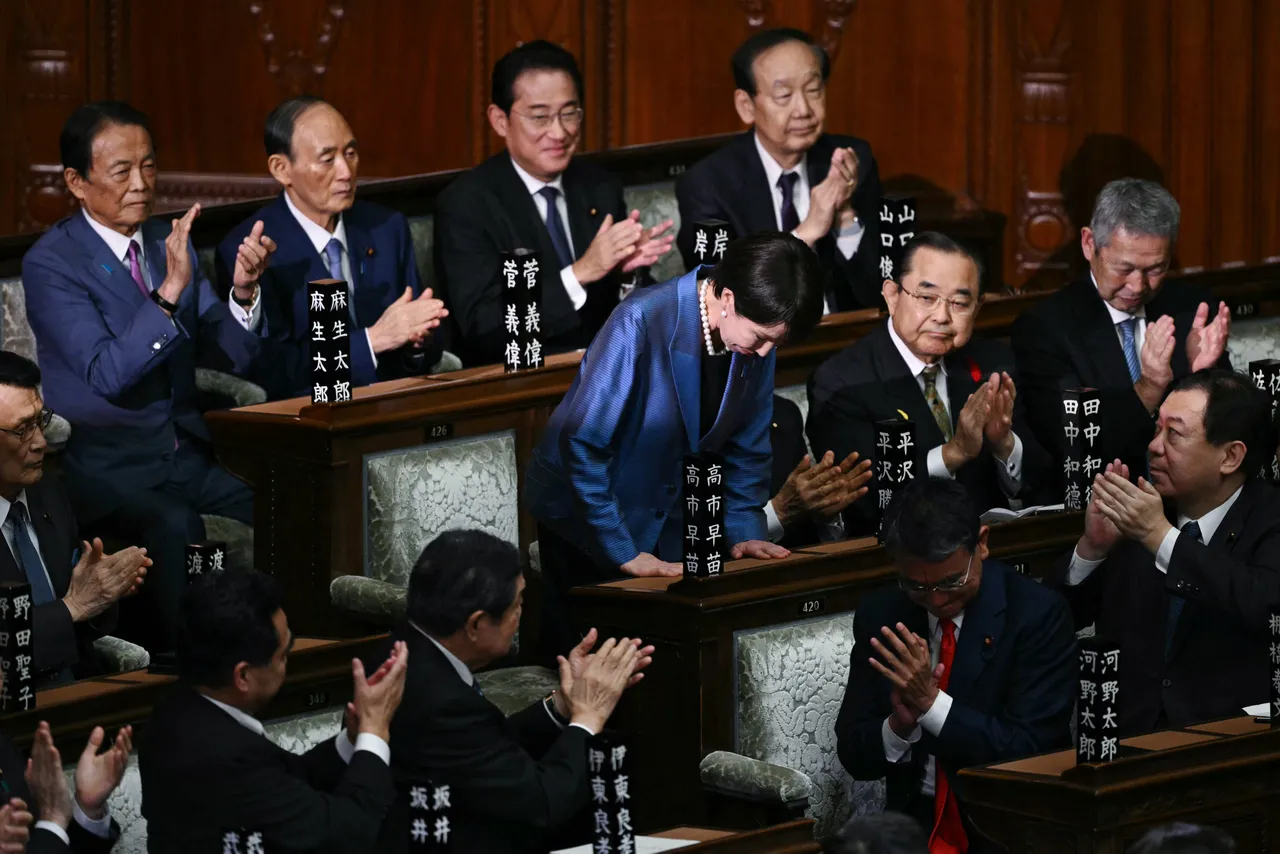
Liberal Democratic Party (LDP) President Sanae Takaichi stands up and bows to acknowledge the applause after she was selected as Japan’s new prime minister during an extraordinary session of the lower house of parliament in Tokyo on October 21, 2025. (Photo by PHILIP FONG/AFP via Getty Images)
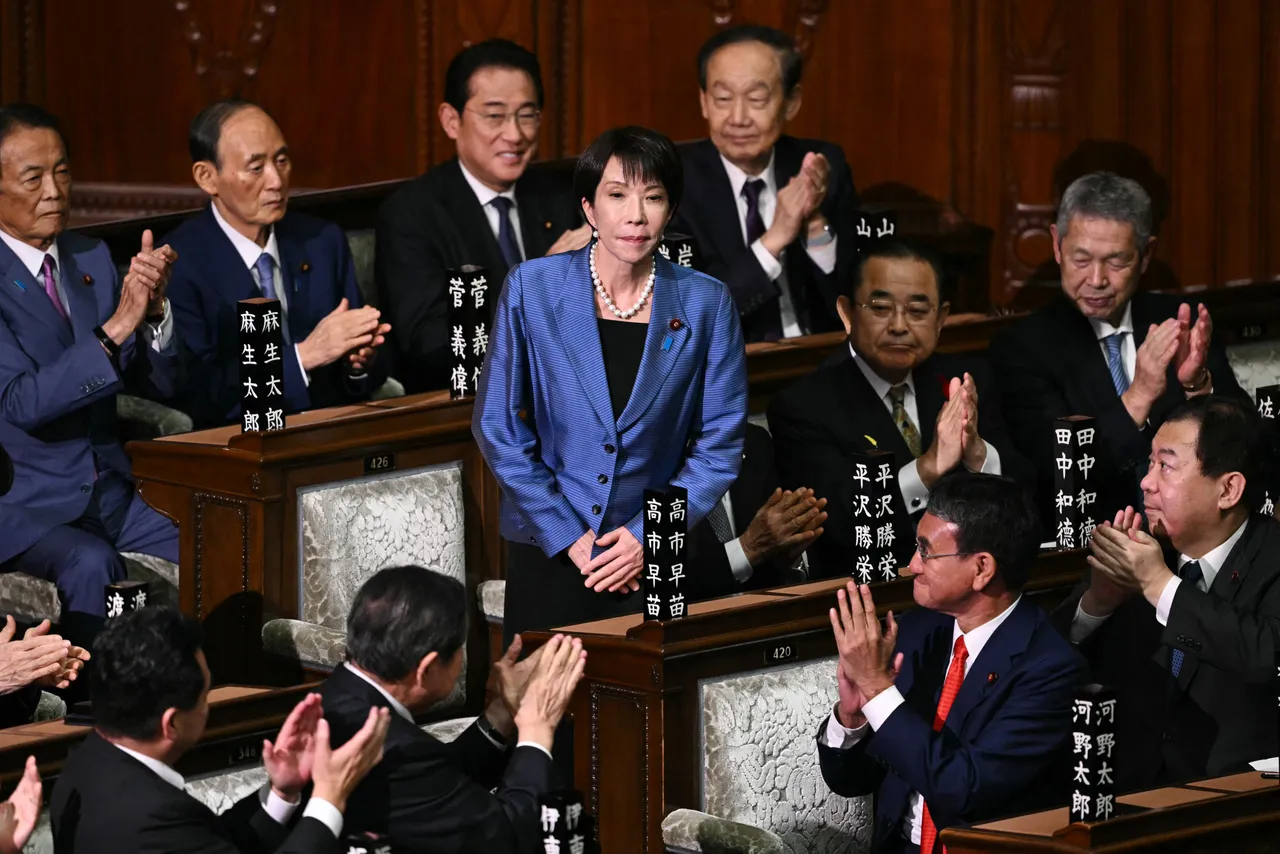
(Photo by PHILIP FONG/AFP via Getty Images)
China
Takaichi is considered a China hawk. As part of her agenda, she will likely attempt to achieve a longtime policy goal of staunch Japanese conservatives: an anti-espionage law that would presumably target Chinese Communist Party (CCP) spies working within the country. She has also advocated for more defense spending and re-militarization, revising Japan’s pacifist, post-WWII constitution, and has expressed support for a security partnership with Taiwan — what amounts to a slap in the face to the “One China” policy of the CCP. Her visits to the Yasukuni Shrine, which honors the spirits of Japan’s dead soldiers, have sparked diplomatic protests in China and South Korea. (RELATED Ascent Of Japan’s ‘Iron Lady’ Could Be The Wake-Up Call Countries In China’s Shadow Need)
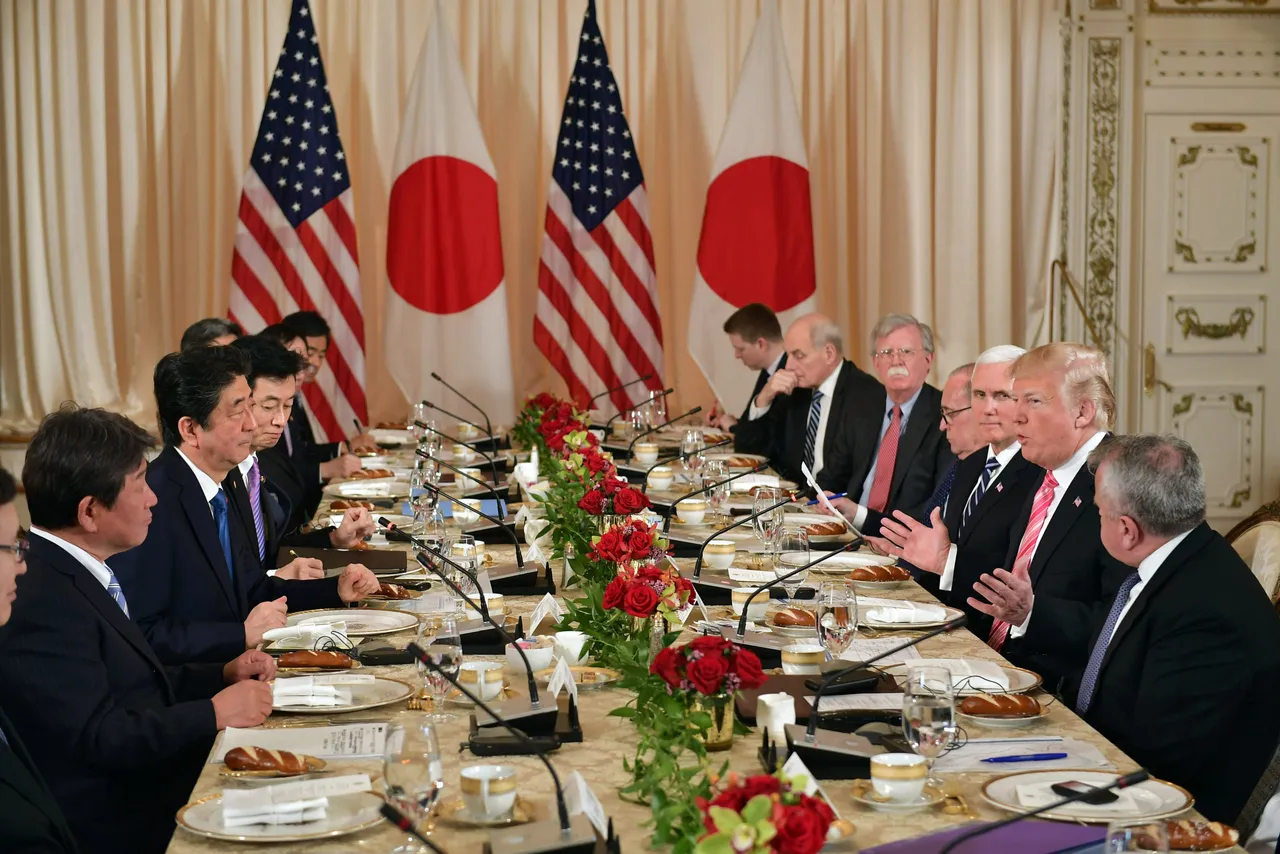
US President Donald Trump and Japan’s Prime Minister Shinzo Abe take part in a working lunch at Trump’s Mar-a-Lago estate in Palm Beach, Florida on April 18, 2018. (Photo: MANDEL NGAN/AFP via Getty Images)
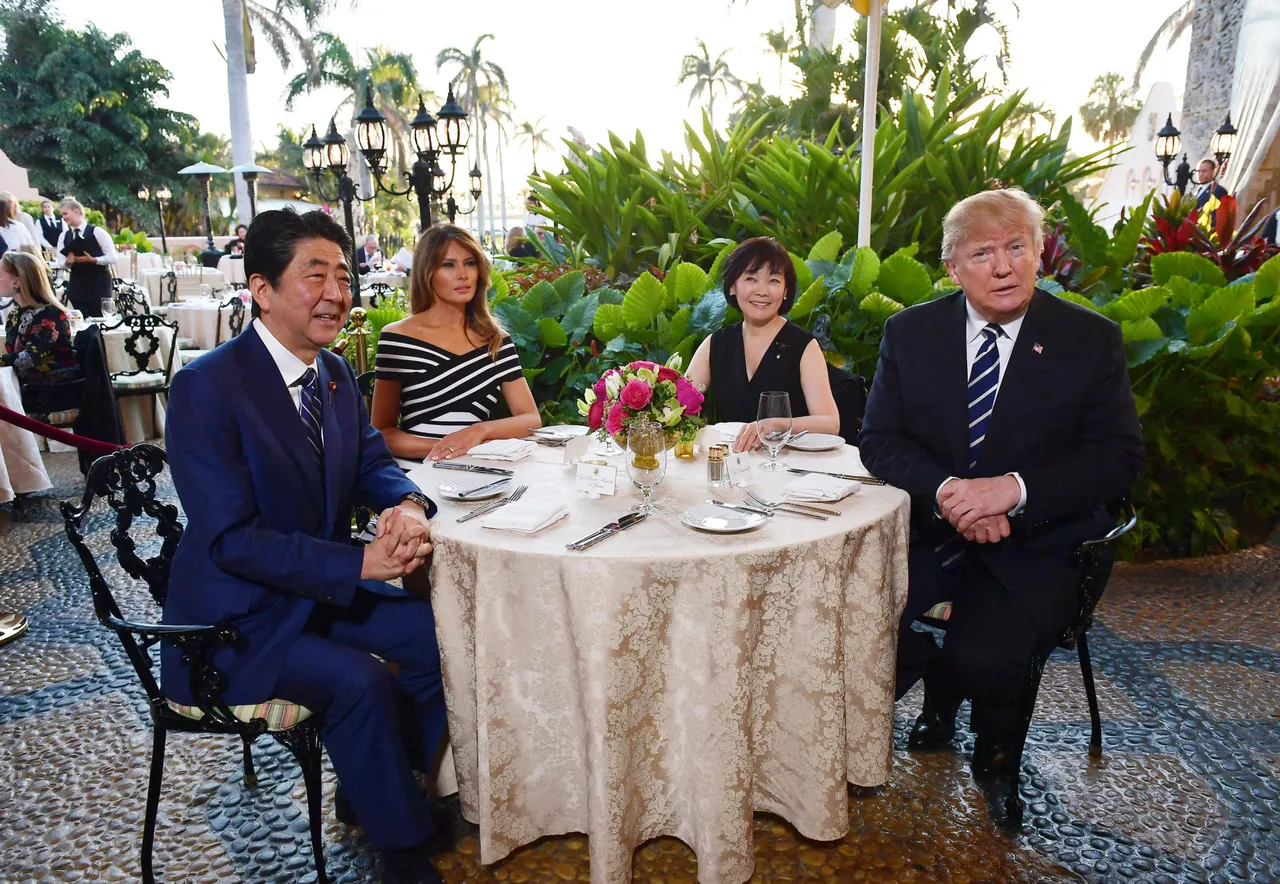
US President Donald Trump and First Lady Melania Trump are seated for dinner with Japan’s Prime Minister Shinzo Abe and wife Akie Abe at Trump’s Mar-a-Lago resort in Palm Beach, Florida on April 17, 2018. (Photo by MANDEL NGAN/AFP via Getty Images)
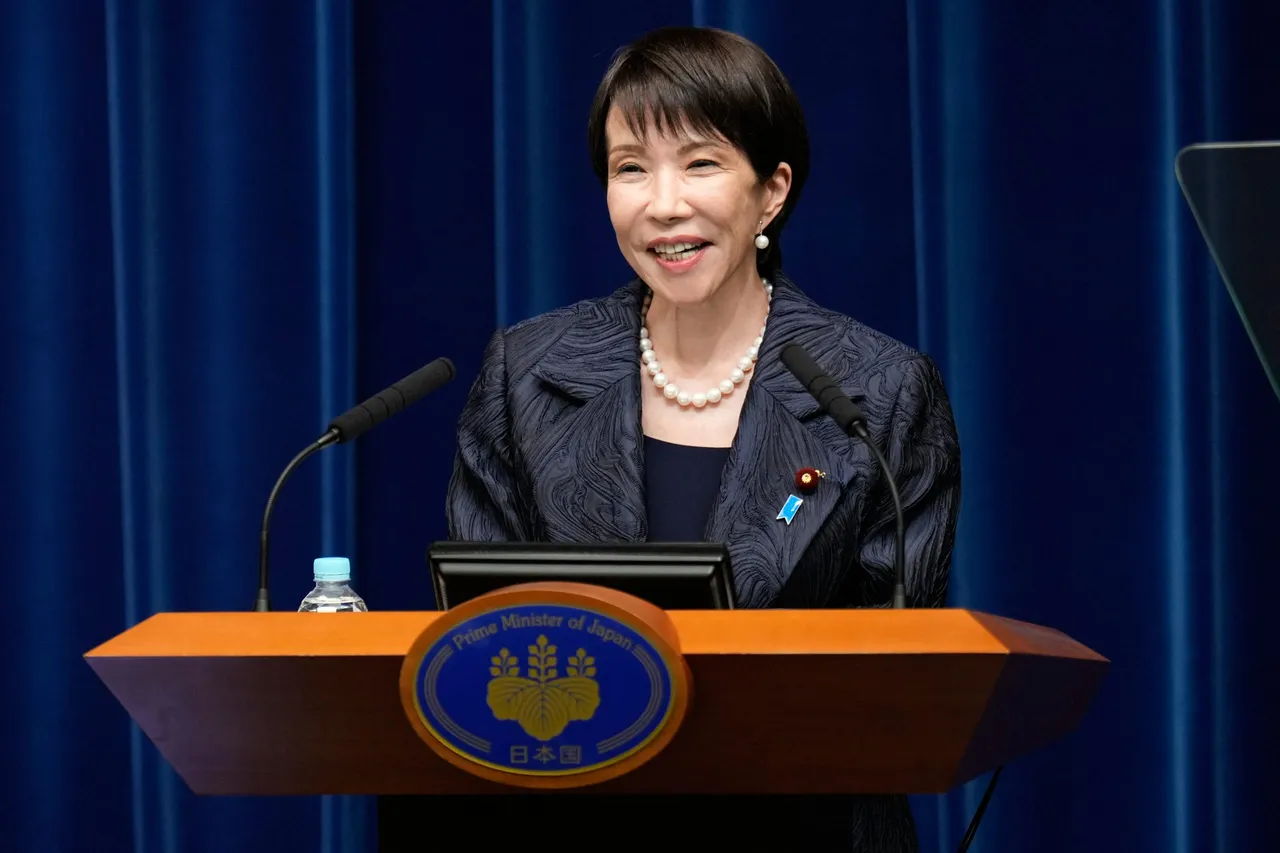
Japan’s new Prime Minister Sanae Takaichi speaks during a press conference at the prime minister’s office in Tokyo on October 21, 2025. (Photo by Eugene Hoshiko / POOL / AFP) (Photo by EUGENE HOSHIKO/POOL/AFP via Getty Images)
Immigration
Throughout her campaign, Takaichi has called for a crack down on illegal immigration and a ban on foreigners buying property in Japan. Her new cabinet official overseeing foreign nationals, Kim Onoda, has already vowed to tackle crimes committed by foreigners and illegal immigrants.
“Crimes and disruptive behavior by some foreign nationals, as well as inappropriate use of public systems, are causing anxiety and a sense of unfairness among Japanese citizens,” she said Wednesday at her first news conference. “I want to work in close coordination with relevant agencies and advance comprehensive discussions as a unified government on various issues, including strict measures against those who do not follow the rules and the revision of systems and policies that are currently inadequate for the present circumstances.”
Hiroshi Hiraguchi, Japan’s new justice minister, also revealed Wednesday that he and Onoda will be working together to “strengthen measures against illegal stayers” and “enforce strict immigration control.”

